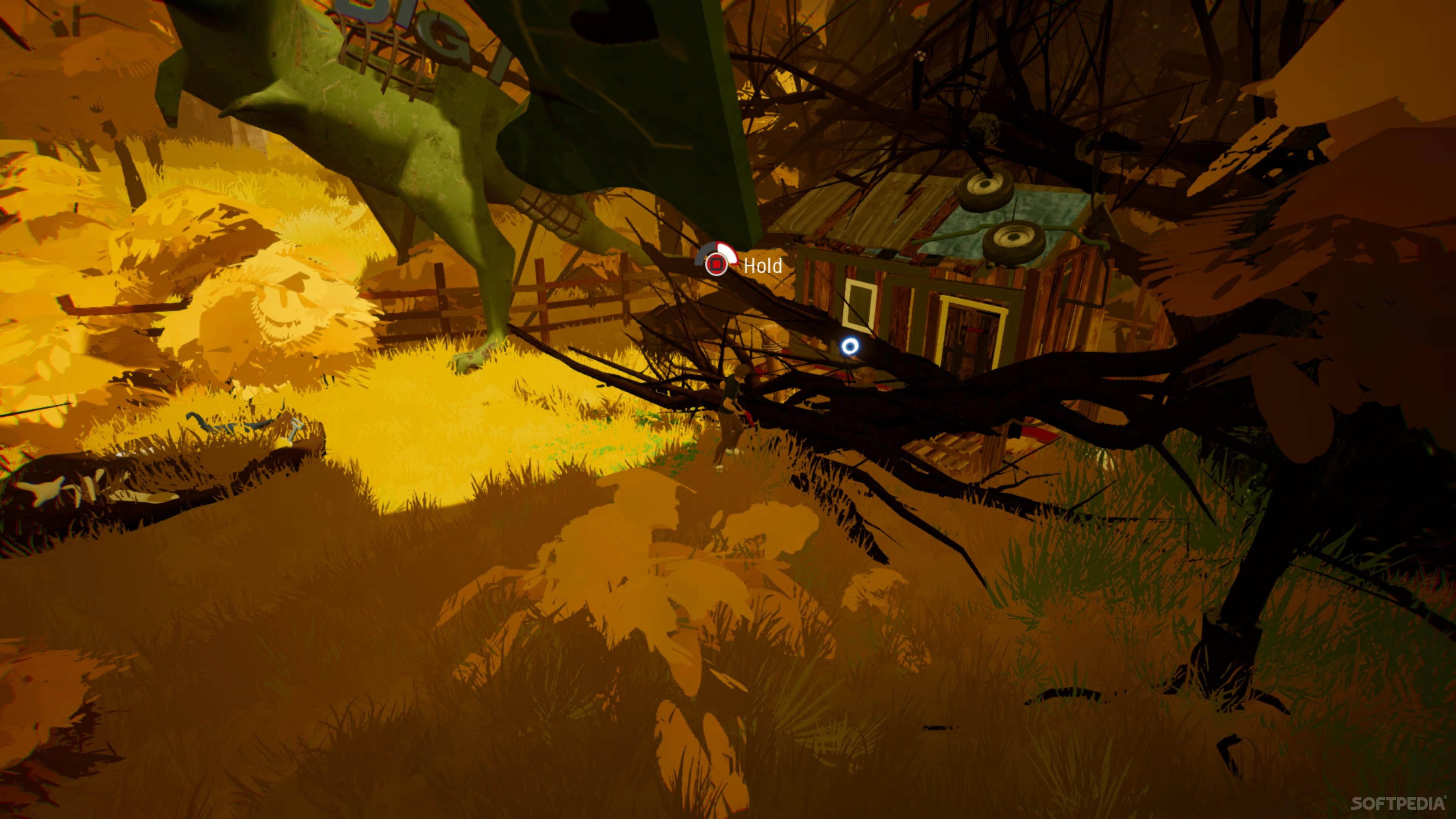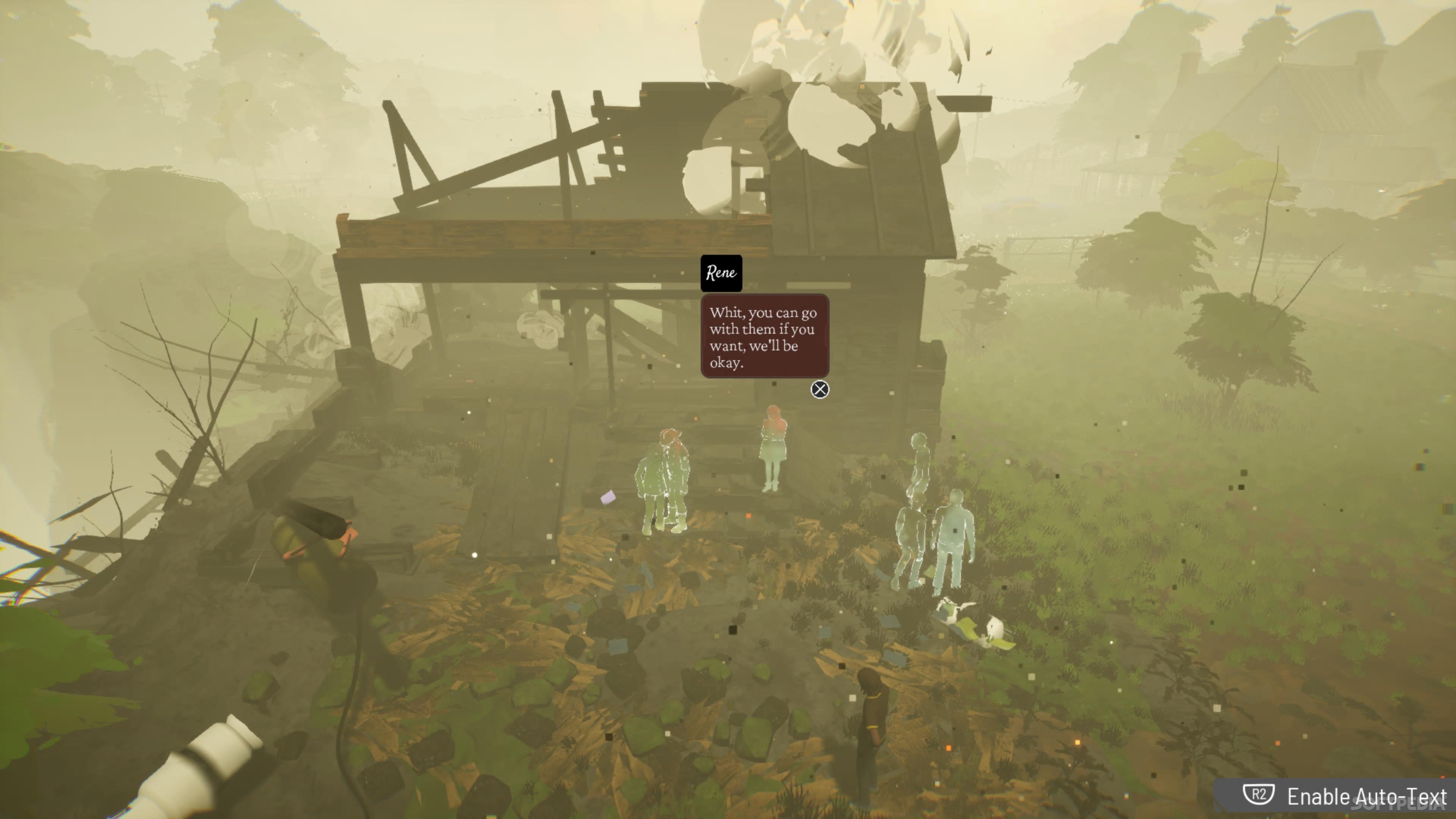
Whit is the only character to be fully modeled and represented while everyone else simply looks like a silhouette giving you this feeling like they’re not really there. You can measure the rate and rhythm of your heart by taking your pulse.The game is set in realistic locations, but visually it feels like you are living in a surreal world. The pulse you can feel, for example in your wrist or neck, is the heart pumping blood. Learn about heart conditions What is your pulse? Narrowing in one of the coronary arteries can lead to angina and a blockage can cause a heart attack. They branch off the body’s largest artery, the aorta, and lie on the outside of your heart. These vessels are called the coronary arteries. The heart has its own network of blood vessels, which supply it with the blood it needs to keep pumping. From here it is pumped back out around the body, via the aorta. Once the blood has received oxygen from the lungs, it travels through the pulmonary veins into the left side of the heart. This pushes blood out of your heart to your lungs and the rest of your body. From there, it passes through the bundle of His and into the right and left bundle branches.įinally, the signal travels down the Purkinje fibres, causing the ventricles to contract. The electrical signal passes from the atria to the AV node. This pushes blood out of the atria and into the lower chambers of the heart (ventricles). The SA node sends an electrical signal that makes the upper chambers of the heart (atria) contract (squeeze). These act like electrical wiring that communicate the signals around the heart. the bundle of His, the left and right bundle branches, and the Purkinje fibres.This is a node that passes on the electrical signals from the upper chambers of the heart (artia) to the lower ones (ventricles) This is your body’s own internal pacemaker, that produces electrical signals to make your heart beat the sinoatrial (SA) node (or sinus node).Your heart has its own electrical wiring system (conduction system), which keeps it beating. The heart's conduction system (the electrics)


From there it is pumped to the lungs, via the pulmonary artery. Your conduction system sends the electrical signals which trigger the heart to pump blood around the body, and to and from the lungs.īlood which has used all its oxygen is returned to the right side of the heart, via large veins called the inferior and superior vena cava.

Arteries, which carry oxygenated blood from your heart to the rest of your body.There are three main types of blood vessels. The blood vessels (the plumbing)īlood travels between the heart and the lungs and the rest of the body, via a network of pipes called the blood vessels. The pulmonary valve is the door out of the right ventrical into the pulmonary artery. The aortic valve is the door out of the left ventricle into the aorta. The other two valves are the doors out of the ventricles. The mitral valve is the door between the left atrium and ventricle. The tricuspid valve is the door between the right atrium and ventricle. The two valves that sit between the upper and lower chambers of the heart are called the atrioventricular, or AV valves. This stops blood flowing in the wrong direction between the chambers of your heart. There are four heart valves, which act like doors between the chambers of the heart. Heart valves (the doors between the rooms) They are divided by a thin wall called the septum. The top two chambers are called the left and right atrium and the bottom two are called the left and right ventricles. Your heart is made up of four chambers, two on the right and two on the left. The epicardium (the protective outer layer).The myocardium (the muscular middle layer).This muscle tissue is divided into three layers. The walls of your heart are made of powerful muscle tissue, which squeezes and relaxes to pump blood around your body. electrics (the electrical conduction system).

outer walls (the outer muscle or myocardium).


 0 kommentar(er)
0 kommentar(er)
